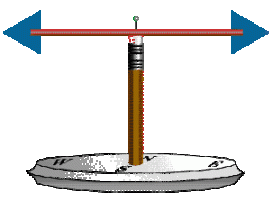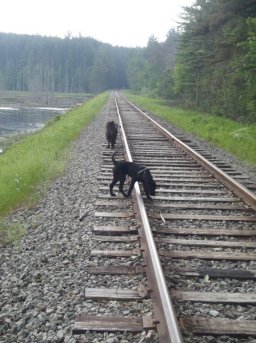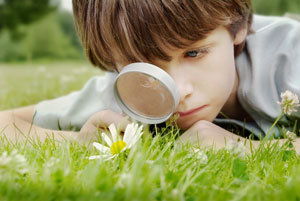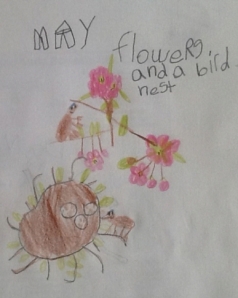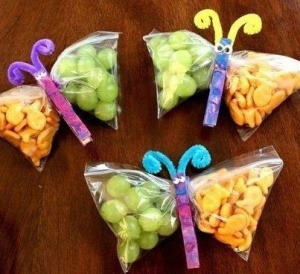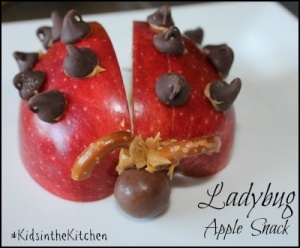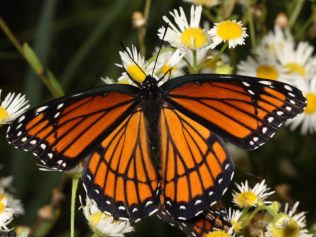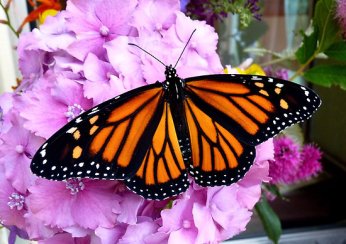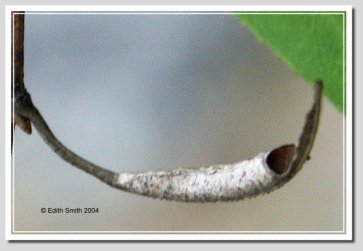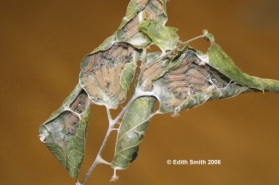Be Your Own Weather Man
With fall underway, the weather is constantly changing. With the temperature switching from 50’s to 80’s and everything from rain to sleet to snow falling from the sky, it can be hard to trust the predictions of the weather channel from day to day. It can be even harder to get your kids to appropriately dress themselves for the weather. Still trying to hang on to summer, they tend to head outside in shorts and a t-shirt regardless of what you or the weathermen say. A way to get your kids to be more weather conscientious, and get them excited about the changing seasons, is to set up your very own weather station and track the changes for yourselves through daily observation!
First, make a chart to keep track of all your data. On a large piece of paper, make horizontal columns and label them “temperature,” “rainfall,” “air pressure,” “wind direction,” and “clouds.” Mark the dates along the vertical side of the chart.
Next, find a place outside to place your weather station, and hang up a thermometer for temperature monitoring. Now depending on how much information you want to collect you can make any number of the following weather instruments to help your child follow the rules of Mother Nature through observation and data collection.
Making a…
Homemade Rain Gauge
Place a piece of masking tape from the upper rim to the base of a clear jar or plastic cup. Use a ruler to mark off measures in quarter-inches or centimeters on the tape. Set the jar outside and wait for it to rain. After a storm, check your rain gauge to see how many inches of rainfall you received.
Wind Vane
Fill a paper plate with small rocks. Flip and place another paper plate on top and tape or glue the edges together to make a base stand. Mark north, south, east and west on the top plate. Insert a new pencil into the center of the base, eraser end up. Attach paper arrow to either end of a drinking straw. Push a straight pin through the straw’s center point and into the pencil eraser. Watch the movement for signs of wind direction.
Barometer
Make a barometer to watch the air pressure rise and fall by cutting off the neck of a balloon and stretching the remaining piece over an empty glass jar (a pasta jar works well). Secure it with a rubber band. Now you have trapped the air inside the jar.
Cut the end off a drinking straw to make a point, and tape the other end to the top of the jar. Attach a piece of cardboard to the back of the jar, and mark a line on it where the straw is pointing. This is your starting point. As the air outside the jar changes, the straw will move above or below the line on the cardboard. If the air pressure is high, it will push down on the barometer, causing the straw to move above the line. If the air pressure is low, the straw will move below the line. Record the air pressure in your weather chart by drawing an arrow moving up (high), down (low), or even.
Not too sure how to describe the concept of air pressure with your kids….? To demonstrate air pressure, blow up balloons and let them go. Explain that the air you blow into the balloon pushes presses on it. The air pressing on the sides of the balloon makes high air pressure. When you let the air go, the pressure inside the balloon is low.
When the air pressure outside is high, it usually indicates a clear day. When the air pressure is low, it means cloudy weather is on the way.

